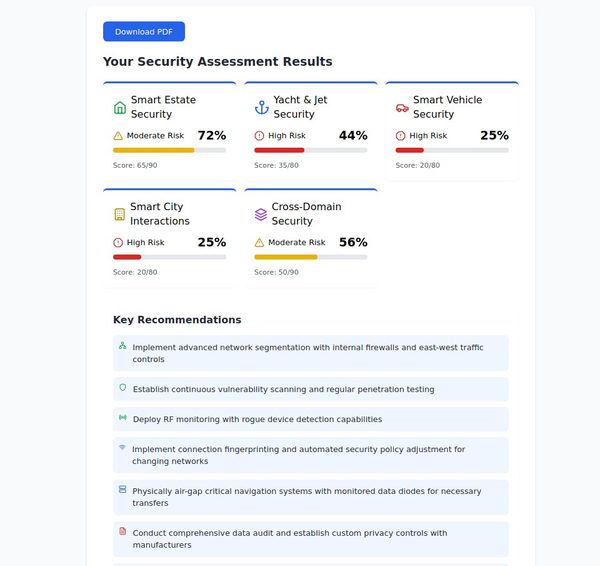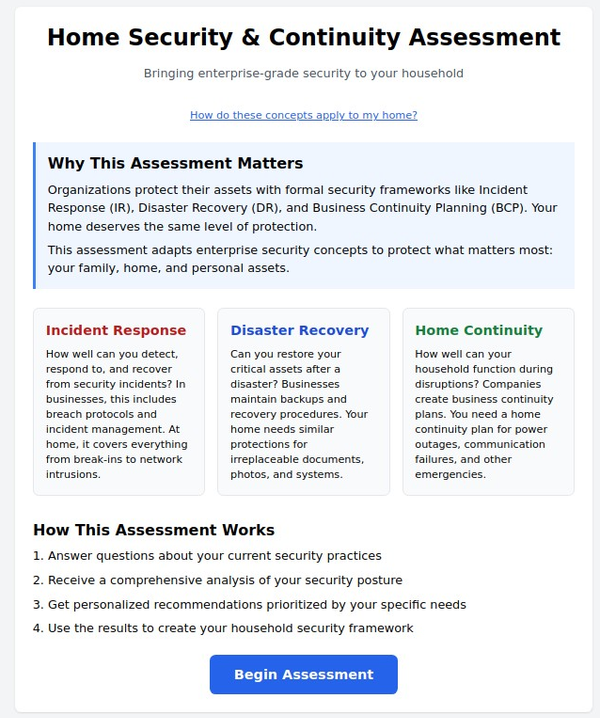The Intersection of Voice-Controlled Security Systems, Deep Fakes, and Social Media: Protecting Your Family and Privacy

Introduction: The advent of voice-controlled security systems has revolutionized the way we protect our homes. However, the emergence of deep fake technology and the widespread use of social media raises concerns about the potential risks to our family and privacy. This article will explore the intersection of voice-controlled security systems, deep fakes, and social media, highlighting the importance of safeguarding your family and privacy in this rapidly evolving landscape.
Voice-Controlled Security Systems:
a. Enhanced Convenience: Voice-controlled security systems offer a seamless and hands-free way to manage and monitor your home's security features, allowing you to control lights, locks, and cameras using voice commands.
b. Integration with Personal Assistants: These systems often integrate with popular virtual assistants like Amazon Alexa or Google Assistant, providing a convenient and intuitive user experience.
Deep Fake Technology:
a. Manipulation of Audio and Video: Deep fakes leverage AI algorithms to manipulate audio and video content, creating realistic yet fabricated media that can be used to deceive or mislead.
b. Impersonation and Misinformation: Deep fakes can be used to create misleading audio or video recordings, potentially impersonating individuals or spreading false information.
Social Media Vulnerabilities:
a. Over-sharing Personal Information: Posting personal details, photos, and videos on social media platforms can inadvertently expose you and your family to potential privacy risks.
b. Geolocation Data: Sharing location information on social media can provide insights into your daily routines, potentially compromising the security of your home and family.
Risks and Mitigation Strategies:
a. Voice Authentication: Implement voice authentication or speaker recognition features within voice-controlled security systems to prevent unauthorized access or impersonation.
b. Secure Device Configuration: Regularly update security settings and passwords for voice-controlled devices to minimize the risk of unauthorized control or access.
c. Limit Information Sharing: Be mindful of the information shared on social media platforms, including photos, family details, and geolocation data. Consider adjusting privacy settings and only sharing with trusted individuals.
d. Verify Content Authenticity: Develop a critical eye for media content shared on social media platforms. Verify the authenticity of audio or video recordings before accepting them as genuine.
e. Digital Literacy: Stay informed about deep fake technology and its implications. Educate yourself and your family about recognizing and responding to potential deep fakes or misinformation.
f. Think Before You Share: Exercise caution when sharing personal or family-related content on social media. Consider the potential privacy risks and the implications of making certain information public.
g. Privacy Settings: Regularly review and adjust the privacy settings on your social media accounts to control who can access and view your posts, photos, and personal information.
Conclusion: Voice-controlled security systems offer convenience and improved home security, but they exist within an evolving landscape where deep fake technology and social media vulnerabilities can pose risks to your family and privacy. You can navigate this intersection with greater confidence by adopting proactive measures such as voice authentication, secure device configuration, mindful information sharing, content verification, digital literacy, and privacy-conscious social media practices. Safeguarding your family and privacy requires a proactive approach that embraces the benefits of technology while staying vigilant against emerging risks.





